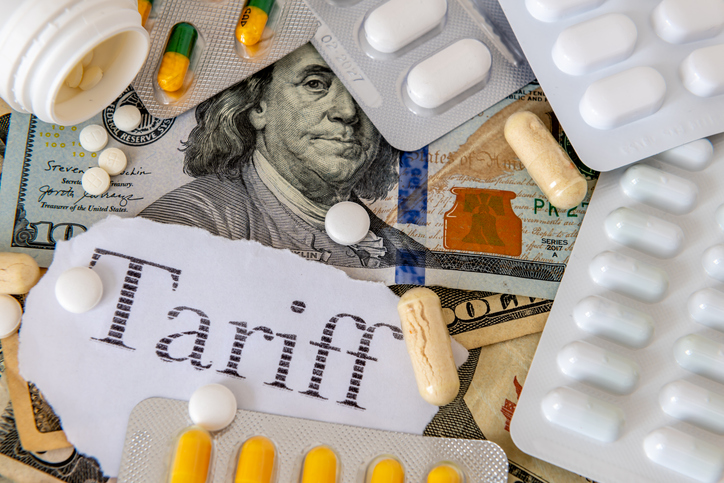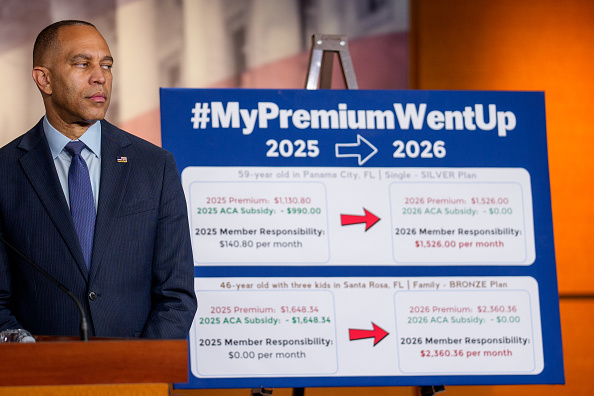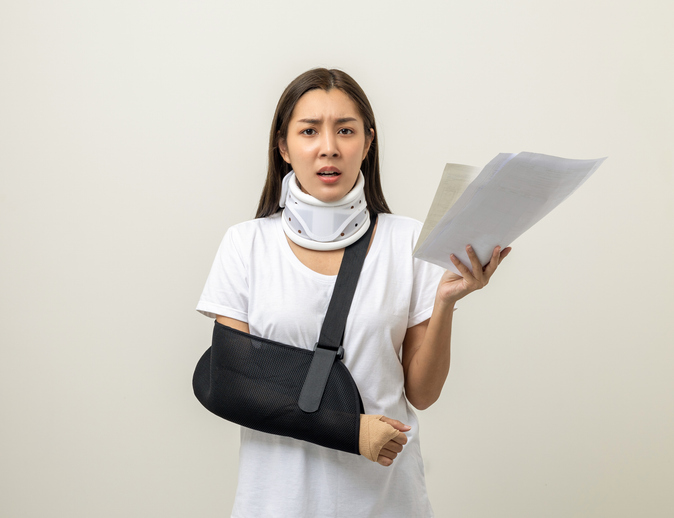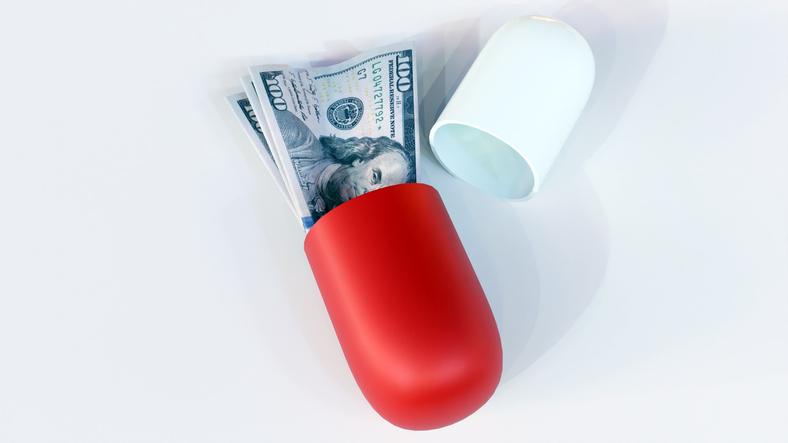To ensure a “resilient domestic supply chain for essential medicines,” President Trump issued an executive order (EO) directing the Department of Health and Human Services “to develop a list of approximately 26 drugs critical to national health and security.”
The August 13 EO also calls for the development of a “repository to receive and maintain the Active Pharmaceutical Ingredients (APIs) used to make these critical drugs.” Only 10 percent of APIs for the U.S. drug market are made in the United States, the EO says.
“Overreliance on foreign, sometimes adversarial, nations for Key Starting Materials (the materials used to make APIs) and APIs risks shortages of essential medicines,” the EO states. “Stockpiling APIs, which are lower cost and have longer shelf lives, strengthens the Nation’s ability to ensure access to critical drugs during emergencies.”
Role of Tariffs
Pharmaceuticals were not included in the 39 percent tariffs the United States imposed on Swiss imports in early August, but Reuters reports that could change pending a review in Washington expected to be concluded in early fall. Tariffs would apply to global pharmaceutical giants Roche and Novartis, which are headquartered in Switzerland.
India poses its own unique set of problems. Trump has proposed tariffs on the country’s drug exports ranging up to 250 percent,India Today reported on August 7. India is the fifth-largest supplier of pharmaceuticals to the United States, behind Ireland, Switzerland, Germany, and Singapore.
India supplies nearly 40 percent of America’s generic drugs, reports DataVerse E Inc. The United States has a robust market for affordable generics, with “some of the lowest generic prices among developed countries,” states a new study by the Committee to Unleash Prosperity (CTUP).
Cost to Consumers
Tariffs are not invisible to consumers, says Wayne Winegarden, director of the Center for Medical Economics and Innovation at the Pacific Research Institute.
“Tariffs are taxes on the products U.S. households consume,” said Winegarden. “And the historical record clearly shows that, if imposed, these taxes will increase costs on Americans. Applied to pharmaceutical products and ingredients, tariffs will raise the cost of drugs.”
Tariffs could have a ripple effect on the broader U.S. drug market, says Winegarden.
“The tariffs will have a larger deleterious impact on low-cost generic medicines that account for about 90 percent of all generic medicines in the United States,” said Winegarden. “These lower-cost alternatives promote drug affordability and are part of the solution to drug affordability.”
Generic drug makers depend on volume to stay in business, says Michael Gaino, senior director of pharmacy and quality at the American Society of Health-System Pharmacists.
“A lot of these products have very slim profit margins,” Gaino told Becker’s Hospital Review in an August 12 interview. “We’re talking older drugs that are 20 to 30 years old.”
Pressure on Drug Makers
While moving to beef up the domestic market with tariffs on drug imports, the White House is taking measures to reduce drug prices.
On July 31, President Trump sent letters to 17 pharmaceutical manufacturers “outlining the steps they must take to bring down the prices of prescription drugs in the United States to match the lowest price offered in other developed nations (known as the most-favored nation, or MFN price),” states a White House fact sheet.
Steps include more direct drug sales to patients, “Most Favored Nation” pricing in Medicaid, a promise by U.S. drug makers they will not offer better prices in other developed countries than in the United States, and government trade support to drug makers attempting to charge higher prices in other countries as long as the extra revenue is used to decrease drug prices in the United States.
The letters informed manufacturers that if they “refuse to step up,” the federal government “will deploy every tool in our arsenal to protect American families from continued abusive drug pricing practices.”
End of Business as Usual
Within the administration’s multipronged approach, one effort is already underway: direct-to-consumer (DTC) sales of drugs.
“In recent years, Eli Lilly, Pfizer, Bristol Myers Squibb, and Novo Nordisk have all unveiled DTC programs for a select handful of drugs,” wrote Sally Pipes, president of the Pacific Research Institute, in Forbes. “And President Trump recently urged every major pharmaceutical firm to follow suit. The result will be lower drug prices for American patients.”
The reason to promote DTC is simple, says Pipes.
“If DTC sales become the norm in the pharmaceutical industry, patients and employers could save tens of billions of dollars—by cutting out middlemen who currently profit from the convoluted and opaque drug supply chain at everyone’s else’s expense,” wrote Pipes.
‘Truly a Global Product’
The global supply chain will probably continue to affect the cost of drugs in the United States, says Devon Herrick, Ph.D., a health economist who posts on the Goodman Institute Health Blog.
“Drugs are truly a global product,” said Herrick. “It is next to impossible, and very expensive, to produce a drug locally out of 100 percent domestically produced material. Generic drugs are especially subject to supply-chain disruptions due to slim margins. Plus, drug companies are located all over the world.
“The most likely result of tariffs is higher prices, not more domestic production,” said Herrick.
Bonner Russell Cohen, Ph.D., ([email protected]) is a senior policy analyst with the Committee for a Constructive Tomorrow.



